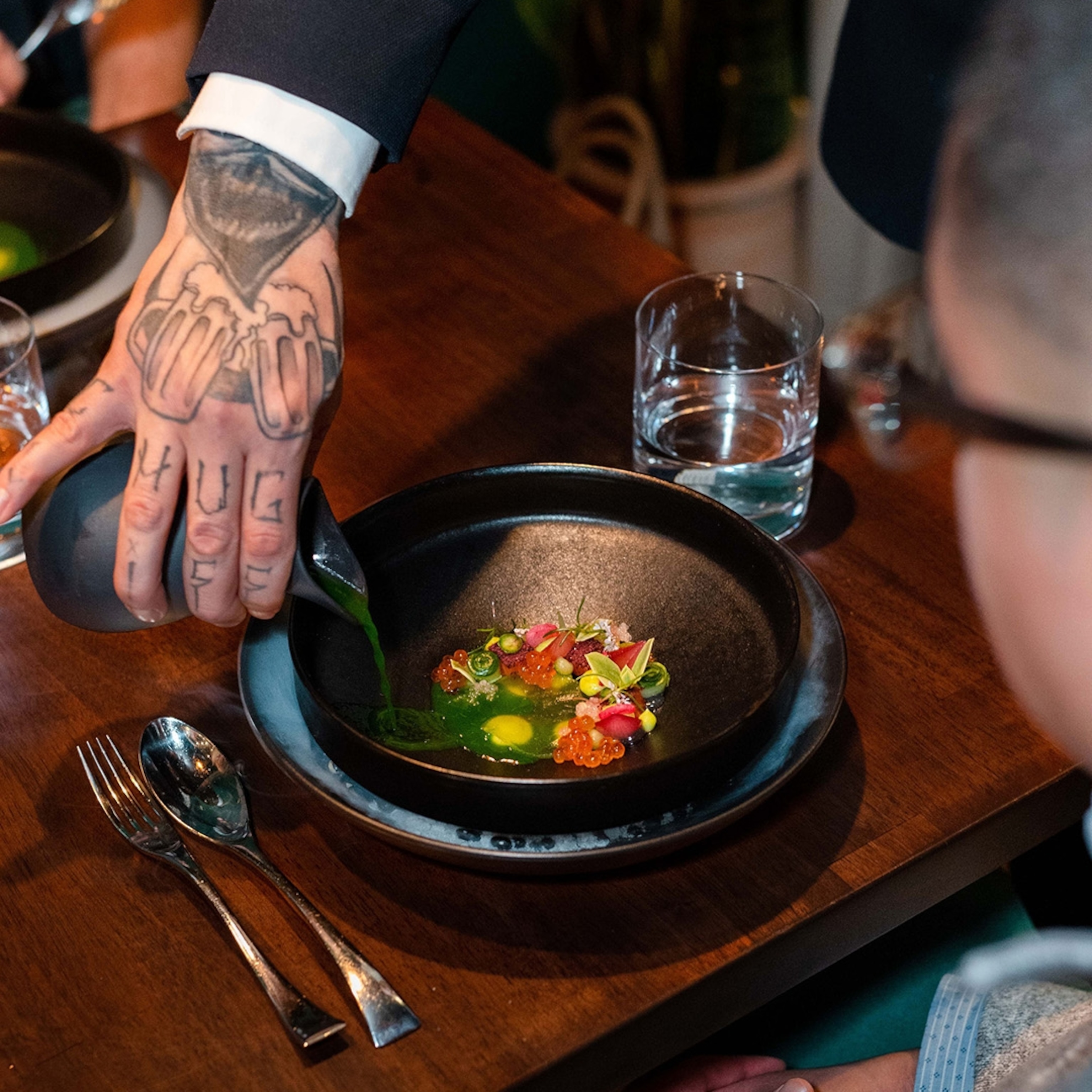
How Austin Helps So Many Young Creatives Find Themselves
For many, Austin is where you come to find that thing inside you that makes you you.
Austin, its army of avid boosters say, is a city of becomings—and I’d have to agree. My own makeover started nine years ago, when a teaching job at the University of Texas drove my wife, Toshiko, and me toward our mysterious new home. After living in Manhattan for almost 20 years, I was full of clueless, city slicker questions.
Could you find passable sushi in Austin? Get around, Manhattan-like, without a car? In short, what kind of life might be possible amid the armadillos and prickly pears?
I’d yet to see a single armadillo when it became obvious the answer to the car question was an emphatic no. And so there I was, roaming a sun-blasted car dealership on Austin’s Burnet Road, kicking tires while a young salesman, laconic and rail-thin, looked on. An embryonic Waylon Jennings, he seemed ill suited for his work. How long had he been selling cars?
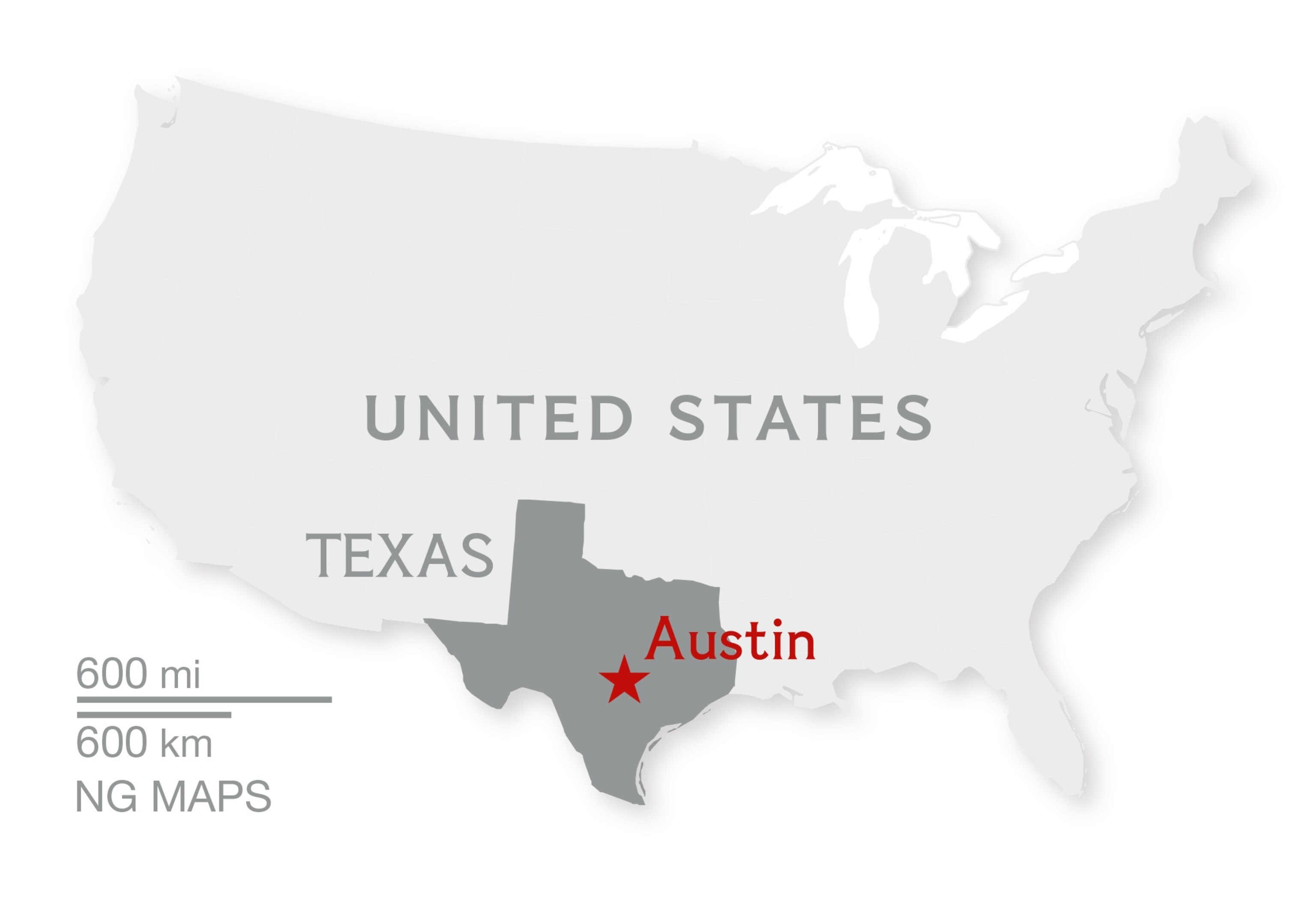
Not long, he said. He was from Ohio, if memory serves, and from his achy expression, I guessed he’d traveled to the heart of Texas in the company of some unquenchable longing. In fact, he said, he’d come to the self-styled “Live Music Capital of the World” to play in a band and, it was clear, to wring some music from his soul.
A sucker for personal quests, I bought the car—and then Austin got busy charming me down to the ground.
Far from the rattler-ridden wasteland I’d imagined, Austin inhabited the undulating beauty of the state’s violet-crowned Hill Country. Back then, the city proper was already biggish, with chic restaurants, colorful bars—yes, plenty of music—and gridlocked arteries that made transplanted New Yorkers feel right at home at strategic times of day.
A Scruffy Openness
But here’s the thing about Austin, and this is where my miscast car salesman comes in. The city prides itself on its high-tech start-ups, its music and films (touted in two worldwide famous festivals each year, “South By Southwest” and “Austin City Limits”), its flamboyant politics (it’s the state capital), and its institutions of higher learning (of which is UT-Austin is the biggest).
But the city’s main industry, its 24/7 preoccupation is, for many, finding that thing inside you that makes you you.
That sounds corny, I know. Yet every year Austin, the country’s fastest-growing metropolitan area (population two million), nets some 40,000 newcomers looking for something they couldn’t find elsewhere. Sure, for some, it’s a place where there’s job, a tidy suburban home and soccer and Chuck E. Cheese’s for the kids.
Yet a high percentage of “creative types” do gravitate to Austin to become writers of songs and books, makers of artisanal cheeses or furniture, brewers of craft beer, or to start a gaming or graphic arts studio.
In four decades, Austin has grown from a sleepy university town with a state capitol to become a center of digital innovation, a place where artisan-hearted people share, in the words of veteran music journalist Joe Nick Patoski, “the geekiest, old-fashioned” dedication to craft.
“It’s the openness of the city, the scruffiness of it, [the idea] that anyone can come here and begin a process of self-realization,” said Ryan Robinson, Austin’s city demographer. “Somewhere in there is what sets Austin apart.”
Yet purists fret the city’s prodigious “becoming” puts at risk the free-spiritedness contained in its rallying cry, “Keep Austin Weird.”
Today, Austin faces the problems of any big, prosperous city—lack of low-income housing, urban sprawl, and, in its case, a chronic water shortage. It also has difficulty in attracting and holding African-American households.
Proudly progressive in its politics, it’s no longer the liberal blueberry floating in the tomato soup of Texas conservatism, as money has turned its pricier suburbs relentlessly white and politically red.
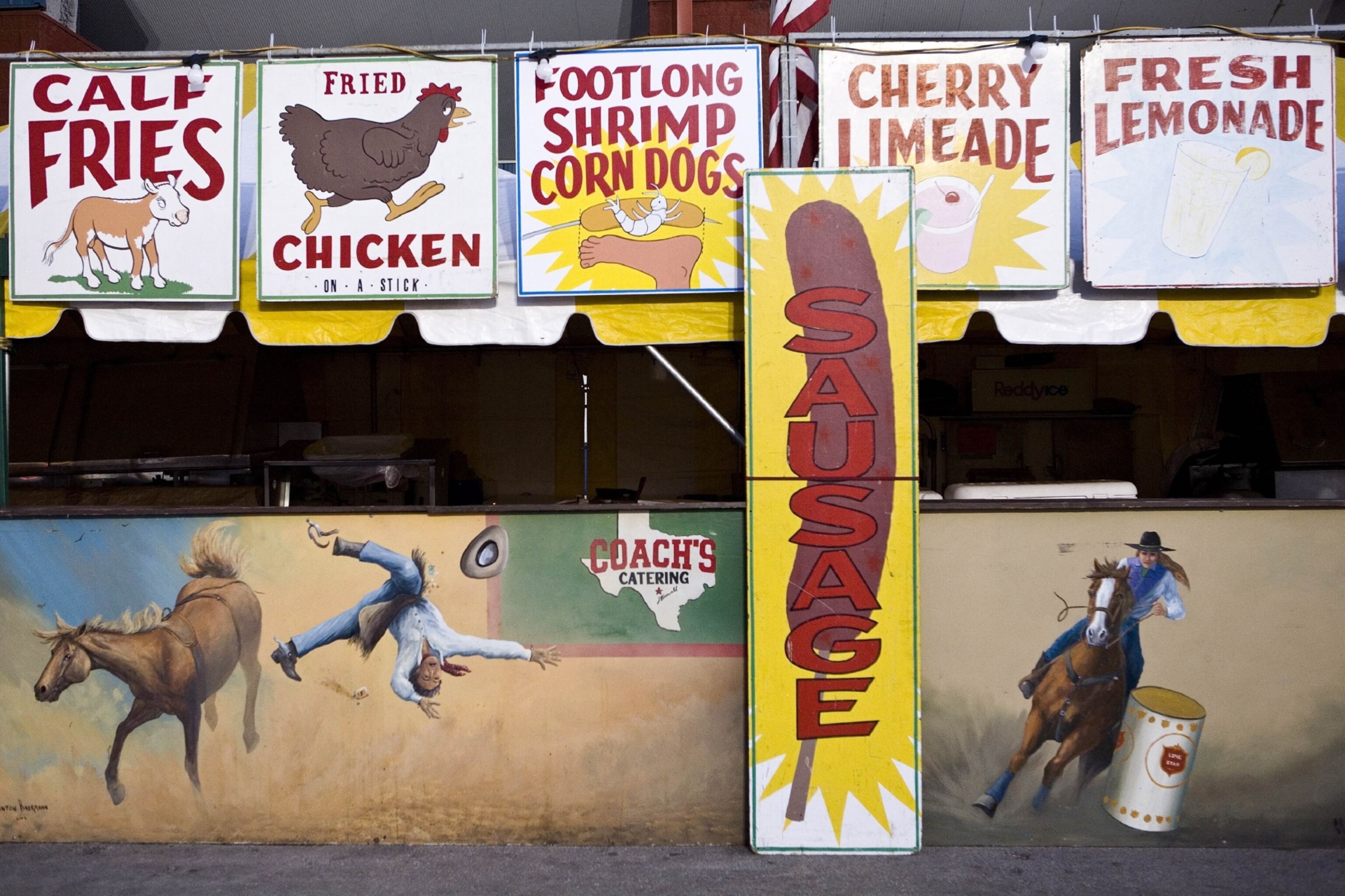
Creative vs. Cool
Could Austin’s creature-comfort cool be outrunning its creative weird? I put that question to Joe Nick Patoski over lunch at Threadgill’s, an iconic music venue on the site of a former gas station and beer joint where singer-songwriter Janis Joplin got her start in the 1960s.
According to Patoski, Austin has been a crossroad town since it became the capital of the newly minted Republic of Texas, in 1839, then of a state, in 1846. “It’s always been this alternative, safety place,” Patoski said, “where you can work out your ideas.”
In the late 1960s, Austin experienced its cultural Big Bang when hippies, fleeing an inhospitable San Francisco, settled in fringe neighborhoods, bringing with them, as architect Riley Triggs noted in the Austin American-Statesman last year, “a craft-making ethic, alternative thinking … and a general creative mindset.”
It was then, Patoski said, “Musicians started coming down, not … to get rich … but because you can play the music you’ve been wanting to play, and it really doesn’t matter because this [unlike Nashville] isn’t a commercial center.”
It’s another world today, he said, in which “your rock star is no longer a rock star but a chef,” referring to the proliferation of hip, high-priced restaurants. That’s a far cry, Patoski said, from the days when a bass player would survive, as the local saying goes, on “cheap rent, cheap beer and cheap pot,” while struggling up from the bottom.
Yet young creatives do keep flocking in, not just from other parts of Texas or the U.S. but from Europe, Asia, and Latin America too. The city’s creative fringe still replenishes itself—it’s just inclined to do so farther out on its ever-expanding peripheries where housing prices aren’t as dear.
‘Stop Whining’
Kelly West, a photojournalist for the Statesman and former masters student of mine, offered to show me this pioneering space in the guise of Bender Bar and Grill on Ben White Boulevard, between downtown and the city’s international airport. It was cheap wings Tuesday, and as I mowed through a heap of spicy chicken, observing the crush of young folks hunched over digital devices or engaged in a shouted version of the dating game, I asked Kelly and friends Emily Hurt and Matt Danser, all in their mid-30s, what had attracted them to Austin.
Danser said he jumped around a good bit after college but eventually chose Austin. He’d been in Santa Fe, “looking for a place to buy a house that was affordable and had a good music scene. So I packed my truck up and came out here,” where he’s fed his passion for building guitars from scratch while working as a wedding photographer to make a living.
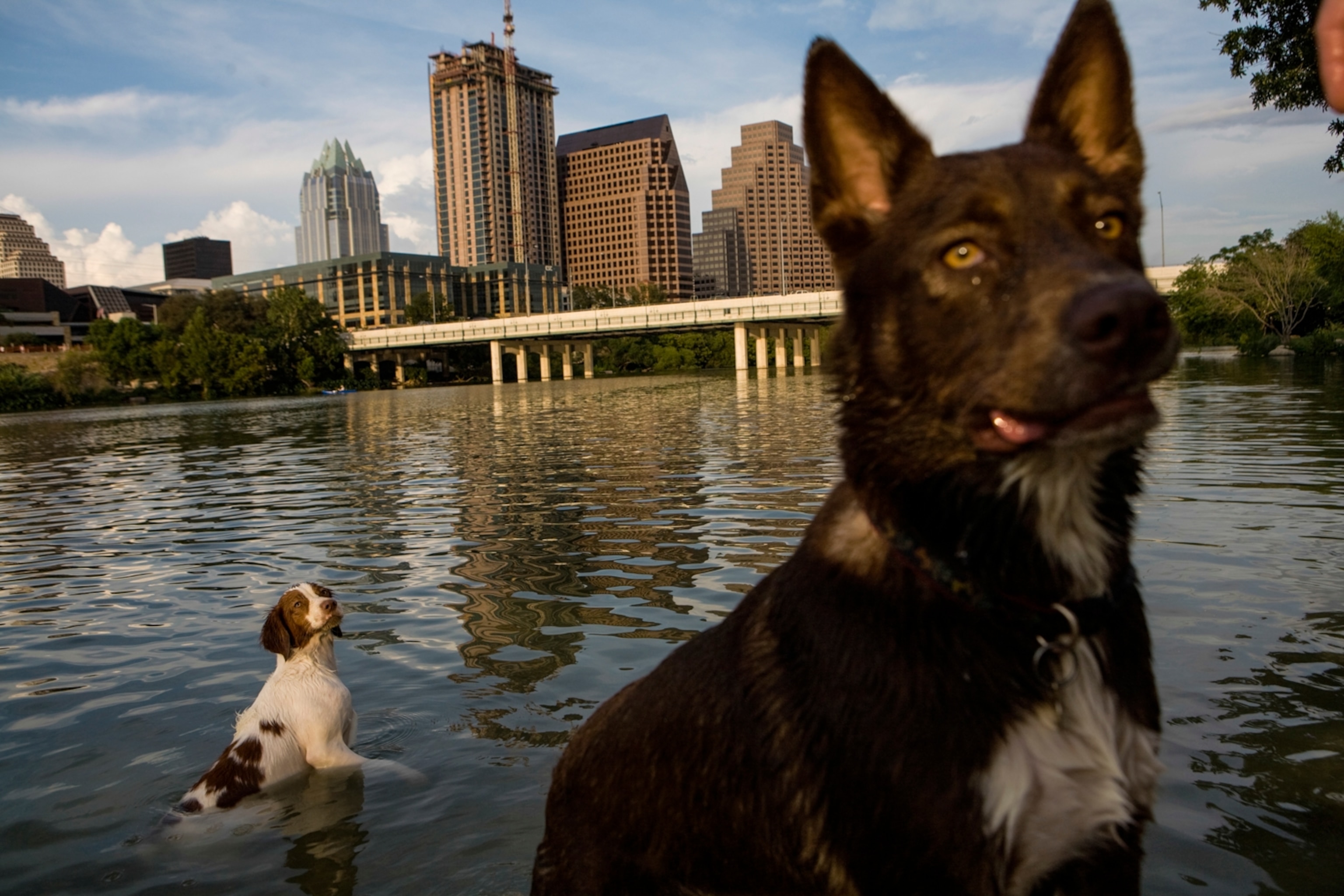
Other young creatives I talked to complained about the city’s relentless push for growth, the “invasive” hipness of food culture, and the “corporatization of cool” that has seen former dive bars and barbecue joints become “brands” with their own promotional merchandise.
Hurt, a medical software trainer, acknowledged “the structure of the city is changing,” but it still affords its citizens more “social space” than others. “There’s not a typicalness in Austin. People appreciate all sorts of things, not just business success.”
Singer-songwriter Darden Smith, 53, said he wishes old-timers in particular would “stop whining about what Austin used to be.” Yes, it’s reached a tipping point, he said, “but as far as creativity, it’s tipping in a great way.”
Anyone can come here and begin a process of self-realization.Ryan Robinson, Demographer
Irish Dreaming
That tilt is easy to detect at Arts + Labor, a creative incubator run by my friend Alan Berg that employs 28 people and a pool of freelance talent in various phases of documentary, feature-film and commercial production, and the graphic arts.
Berg, who's originally from a small Texas town, said, “the reason creativity flourishes here is because people don’t feel like they’ve got somebody telling them why they can’t do something or that that’s a harebrained scheme.”
“It’s easier to get out of school and get a mainstream job,” he said, but that doesn’t always let you “build your chops” or “find your voice.”
Berg has qualms about how prosperity will shape the city’s future, but he’s realistic: “To be creative, you’ve got to have new blood that keeps coming in,” he said. “Some of those people are going to create new centers of wealth and [build on] a tradition that encourages free thinking.”
Not long ago, a young Irishman showed up at Arts + Labor looking to apprentice himself. He’d heard about Austin by way of South By Southwest buzz, and wanted to be a part of it. “I don’t think that happens in Dallas,” Berg said.
Diverse—On Paper
On a recent Saturday night, I joined Berg at the Wesley United Methodist Church in East Austin, one of the city’s historic African-American neighborhoods, for a tribute to a local gospel and soul singer, Tim Curry. The choir raised the roof, while the audience, a rainbow coalition of Curry’s black, white, and Latino supporters, clapped and rocked.
Yet such ecumenical scenes are increasingly rare in a city that is now roughly a third Hispanic, has an Asian population that’s booming (albeit from a low base) but has experienced a net decline in its African-American population as the higher real estate prices gentrification brings have prompted middle-class blacks to sell and move to the suburbs.
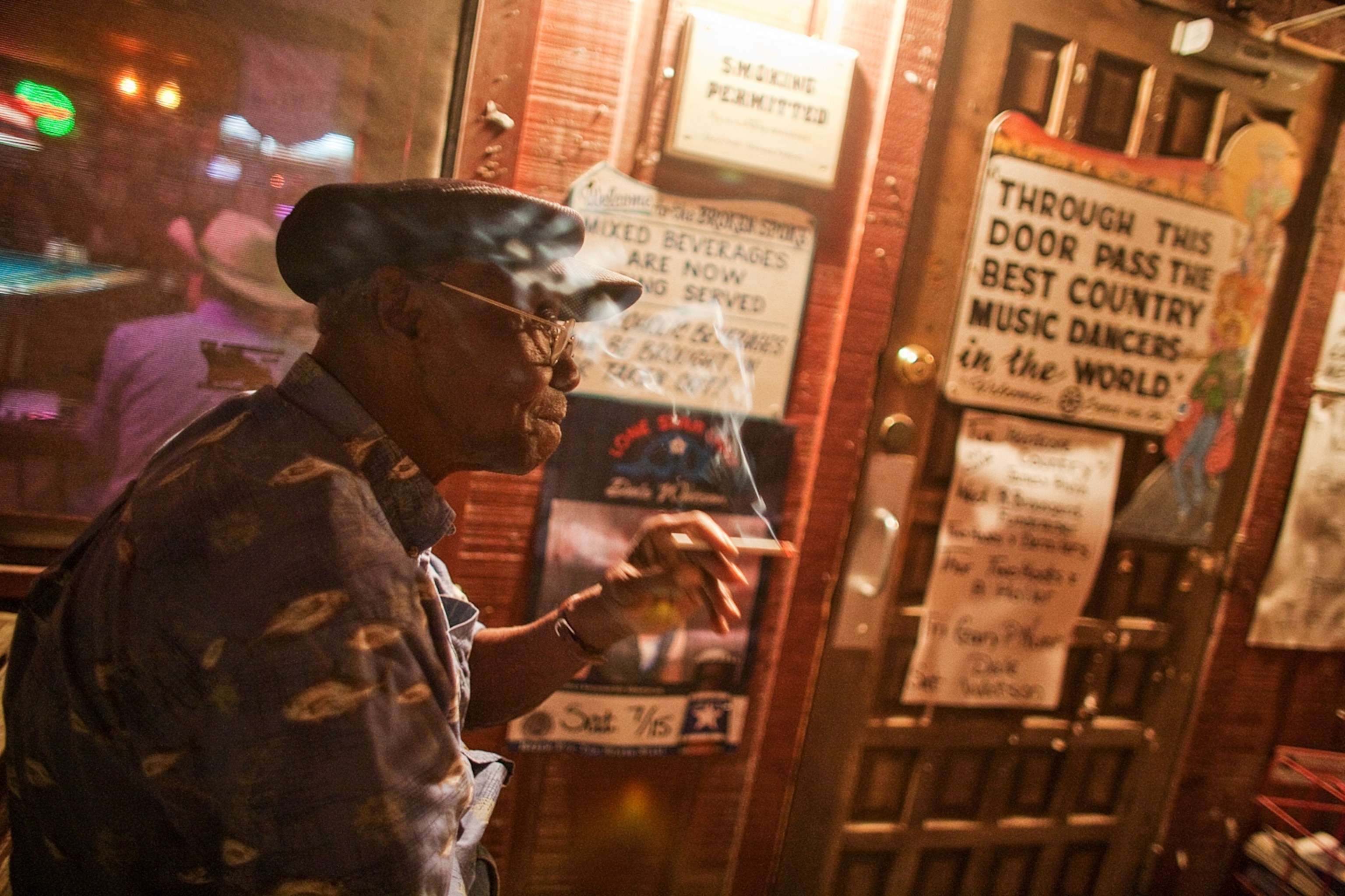
That shift has eroded East Austin’s traditional black community, with its bedrock churches and once storied nightspots.
Today, when young black professionals come to Austin to build careers and lives, said Susan Richardson, a former local journalist now living in Chicago, they find “a kind of desert,” culturally speaking. “It’s very much a white town.”
The upshot is that Austin lags well behind other cities in gaining new African-American stakeholders.
Latino community leaders also chafe at a lack of comprehensive participation in a city that celebrates Latino culture but where diversity is not truly wired into its socioeconomic or political base.
“On paper we’re diverse,” Robinson said. “But are we as integrated as we’re diverse? No way, not even close.”
No Boots For You
Like any city of parts, Austin inspires in me a sense of mystery about aspects both unbecoming and becoming, even after nine years.
I’ve had only one minor letdown. TV Westerns I devoured as a kid in Seattle in the 1950s convinced me that adult life wouldn’t be complete without owning a pair of serious cowboy boots. Nobody I know wears them regularly, of course. And they’re expensive—$500 for off-the-shelf boots to $3,000 or more for scratch-made. But as the poet (Blaise Pascal) said, “The heart has its reasons, which reason does not know.”
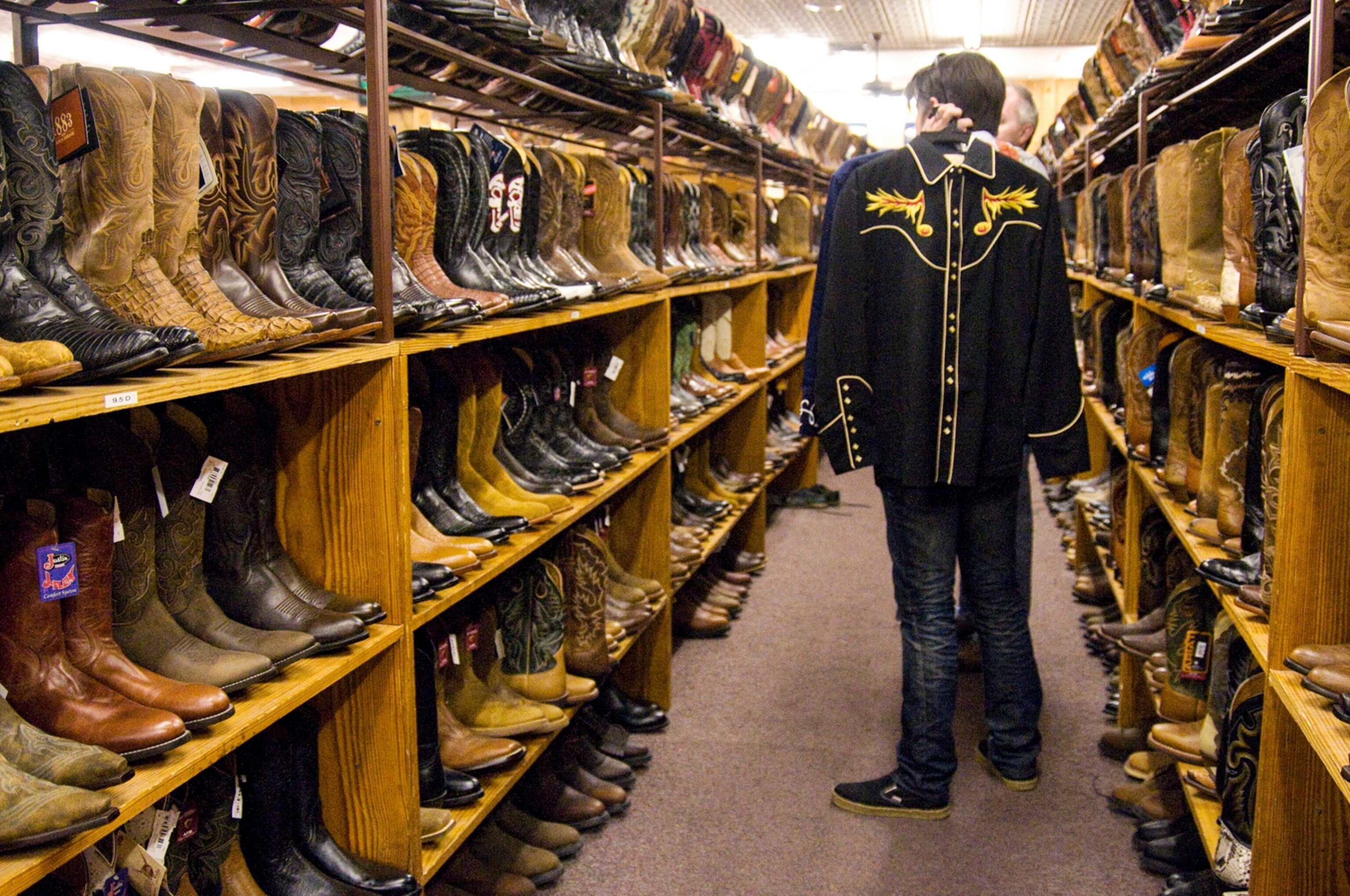
And so, one cold, gusty day last January I left a friend at Guero’s Taco Bar on trendy South Congress Avenue to trudge uphill to a popular bootery where I was soon fondling a pair of ostrich-skin gems with an elegantly pimply exterior. Pulse quickening, I sat down to pull them on.
Dang! Two bad knees and a hip replacement made it a mission impossible. Disappointed in a way that’s hard to describe, I put the boots back on the rack and walked out into the chill wind, going snake eyes, as I looked down the long throw of Congress Avenue.
Not everything becomes, even in a city of becomings.
Tracy Dahlby teaches journalism at the University of Texas at Austin. His recent memoir, “Into the Field: A Foreign Correspondent’s Notebook,” recounts his adventures in long-distance reporting for National Geographic.
Follow Tracy Dahlby on Twitter @TracyDahlby or via his website.
